The charming town of Rehoboth is a place steeped in history and brimming with tales of yore. As one of the oldest towns in the Bay State, Rehoboth’s legacy unfolds like a captivating saga, dating back to its founding in the early colonial era.
Established in 1643, Rehoboth holds the distinction of being one of the original towns incorporated in Plymouth Colony.
Its name, derived from a passage in the Bible meaning “broad spaces,” aptly describes the expansive landscapes and the vast opportunities that awaited its settlers.
From its humble beginnings as a wilderness outpost to its evolution into a vibrant community, Rehoboth has borne witness to centuries of change, resilience, and progress.
Through the lens of time, the Rehoboth, Massachusetts history unfolds like a tapestry woven with threads of Native American heritage, colonial struggles, revolutionary fervor, and industrial growth. Let’s dive into the details.
A Deep Dive into the History of Rehoboth, Massachusetts
In the rolling hills of Bristol County, Massachusetts, lies the historic town of Rehoboth. Founded in 1643, Rehoboth boasts a rich and vibrant past, interwoven with tales of religious freedom, pioneering spirit, and unwavering resilience.
This glimpse into Rehoboth’s history explores the town’s foundation, the families who shaped it, its trials during King Philip’s War, the birth of public education, and the celebration of its 350th anniversary.
Foundation of the Town
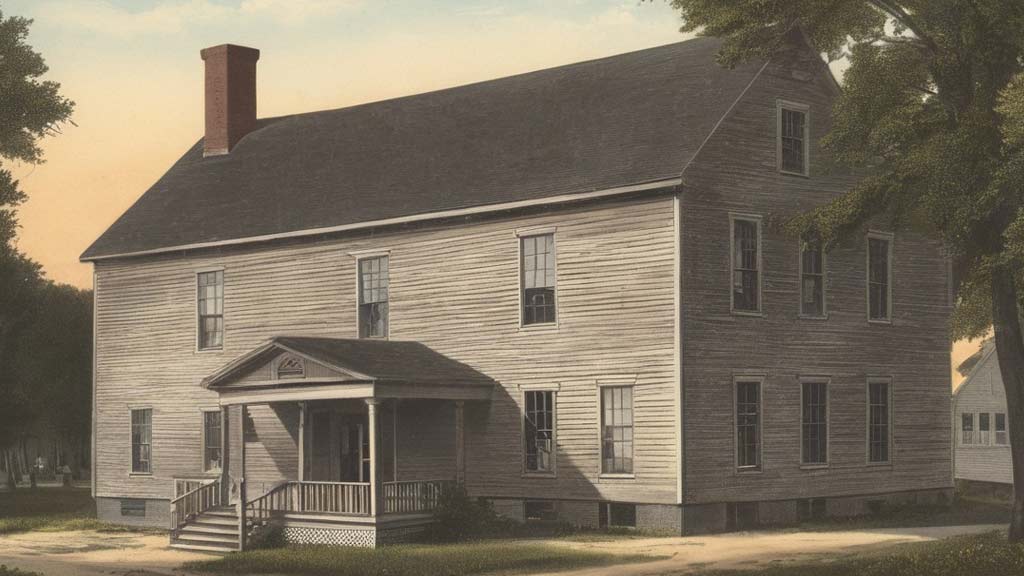
Driven by a yearning for religious liberty, a group of families led by Reverend Samuel Newman established Rehoboth in 1643.
These families, seeking separation from the established Church of England, sought refuge in the vast wilderness of the Massachusetts Bay Colony.
Initially known as “Seconet,” the fledgling settlement faced opposition from the Plymouth Colony, which claimed the territory.
However, through perseverance and negotiation, the settlers secured a charter from the Massachusetts Bay Colony, officially establishing Rehoboth in 1645.
The town’s name, derived from the Hebrew word for “broad places” (רְחֹבוֹת), symbolized the spaciousness and potential of their new home.
Rehoboth quickly attracted others seeking religious freedom and a fresh start. Within its borders resided individuals of diverse backgrounds, including Baptists, Quakers, and even Jewish families, contributing to a unique and tolerant character.
Founding Families
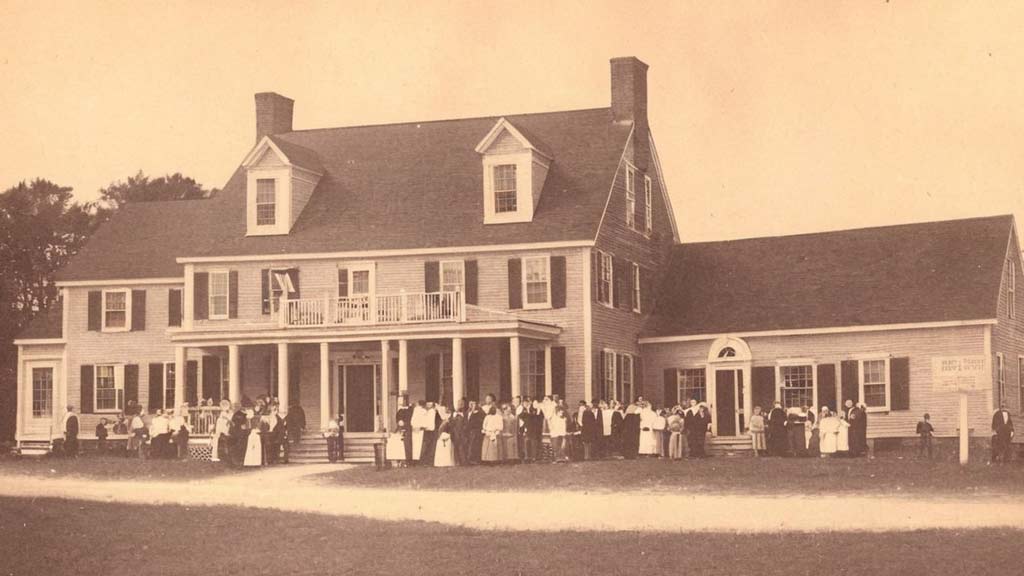
The story of Rehoboth is deeply intertwined with the families who laid its foundation. The Wilbur family, led by patriarch Richard Wilbur, played a pivotal role in the town’s early development.
Richard served as a magistrate and helped establish the town’s infrastructure. Descendants of the Wilbur family continued to hold prominent positions throughout Rehoboth’s history.
Another notable family was the Blackmar family. Thomas Blackmar, a blacksmith, provided essential tools and services to the growing community.
His descendants, like many other families, were instrumental in establishing Rehoboth’s agricultural base. These families, through their hard work and dedication, laid the groundwork for a thriving and self-sufficient town.
King Philip’s War
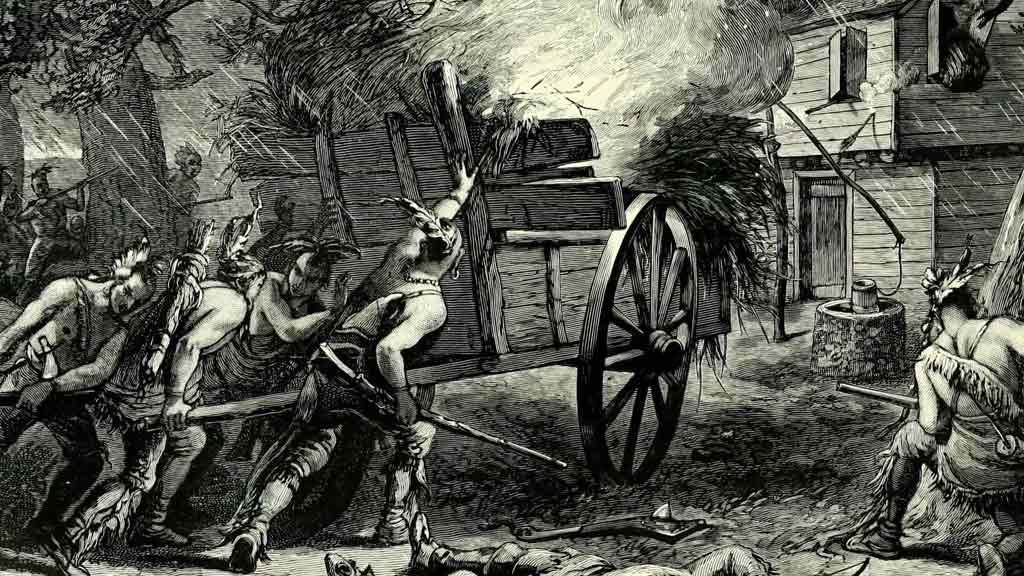
The tranquility of Rehoboth’s early years was shattered by the outbreak of King Philip’s War in 1675.
This brutal conflict, pitting English colonists against indigenous tribes led by Metacomet (known to colonists as King Philip), devastated the region.
Rehoboth, due to its location on the frontier, bore the brunt of the violence. Several residents were killed, and homes and farms were destroyed.
Despite the hardships, the spirit of Rehoboth remained unbroken. The townspeople banded together, fortifying their settlements and actively participating in the conflict. Their resilience played a crucial role in ultimately ending the war.
The scars of King Philip’s War left an indelible mark on Rehoboth, reminding residents of the sacrifices made in securing their future.
Birth of Public Education
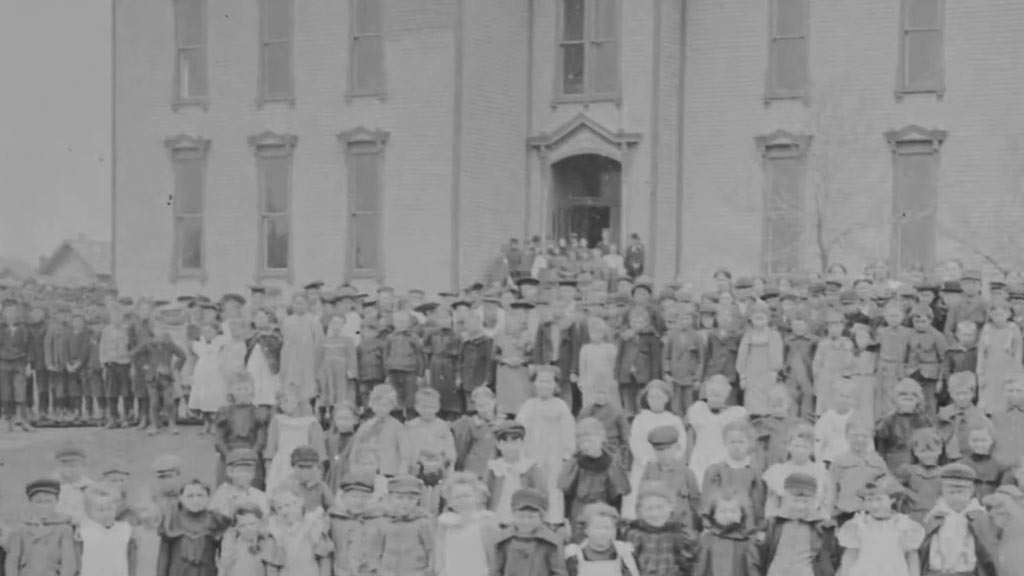
In the aftermath of King Philip’s War, Rehoboth prioritized rebuilding and establishing a strong foundation for future generations.
One of the most significant steps taken was the establishment of a public education system in 1674, making Rehoboth one of the earliest towns in the colonies to do so.
This commitment to education reflected the belief that an informed citizenry was crucial for a flourishing community.
Initially, education was provided through “dame schools” run by women in their homes. Later, the town established a system of public schools, ensuring that all children, regardless of background, had access to education.
This dedication to learning continues to be a cornerstone of Rehoboth’s character, fostering a legacy of intellectual curiosity and civic engagement.
350th Anniversary
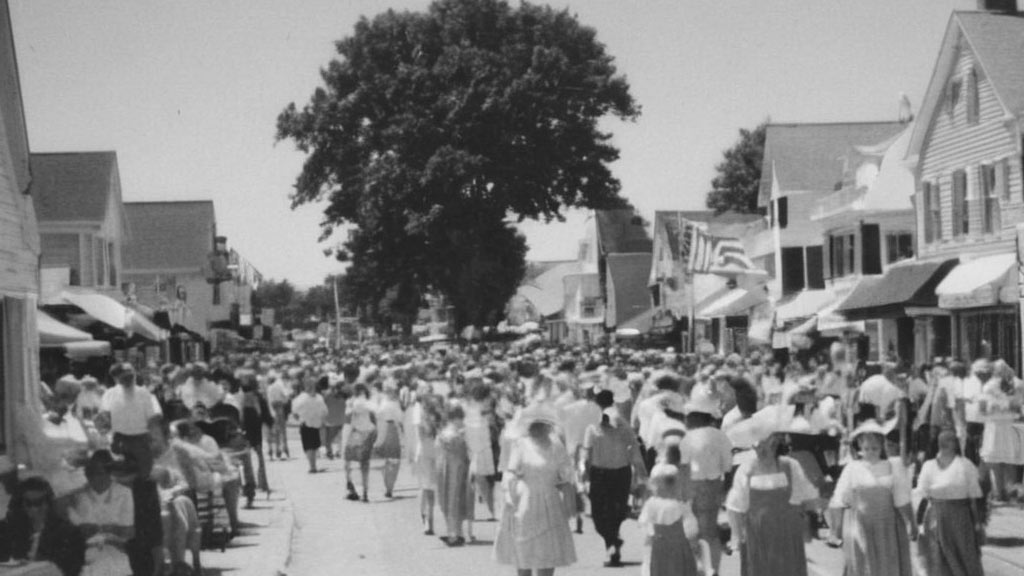
In 1993, Rehoboth celebrated its 350th anniversary with a year-long program of events. These festivities served not only as a joyous celebration of the town’s rich history but also as an opportunity to reflect on the challenges and triumphs of the past.
Historical reenactments, community gatherings, and educational programs brought the town’s story to life for residents of all ages. The 350th anniversary celebration served as a powerful reminder of the enduring spirit of Rehoboth.
From its humble beginnings as a haven for religious freedom to its unwavering resilience during times of hardship, Rehoboth has consistently demonstrated its commitment to community and progress. This spirit continues to guide the town as it embraces the future.
What Are the Most Important Historic Places of Rehoboth, Massachusetts?
Rehoboth, Massachusetts, boasts a rich tapestry of history, evident in its numerous historic sites. These landmarks stand as testaments to the town’s founding principles, struggles, and triumphs.
Here’s a glimpse into some of the most important historic places that tell the story of Rehoboth:
Rehoboth Congregational Church (1644)
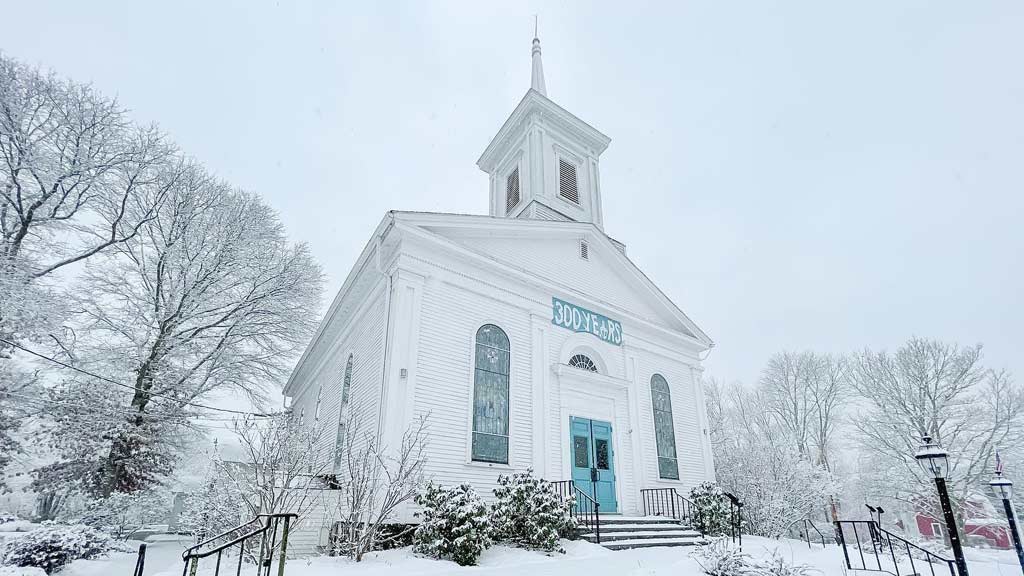
This iconic structure, established just a year after the town’s founding, is the oldest continuously operating Congregational church in Massachusetts.
The church building itself, constructed in 1813, reflects the architectural styles of the Federal period and serves as a symbol of Rehoboth’s enduring religious heritage.
The Israel Wilkinson House (1677)
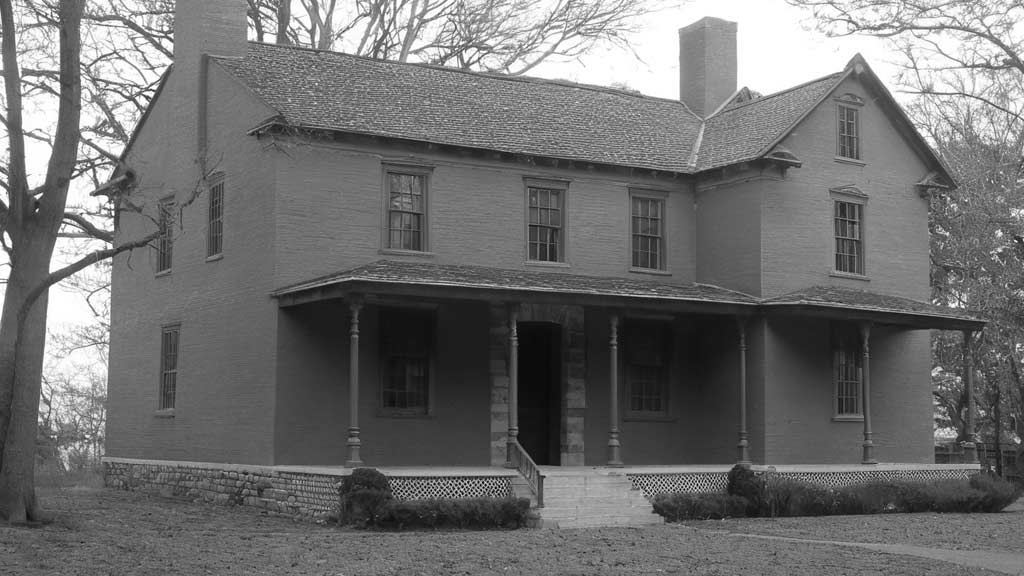
One of the oldest surviving houses in Rehoboth, the Israel Wilkinson House offers a glimpse into 17th-century life. Built by Israel Wilkinson, a prominent early settler, the house features a unique architectural style that blends English and Native American influences.
Today, the house is a museum operated by the Rehoboth Antiquarian Society, showcasing artifacts and exhibits that tell the story of daily life in Rehoboth’s early years.
The Goff Memorial Hall (1874)

This grand Victorian-style structure, built by Darius Goff, a prominent Rehoboth citizen, served as a multipurpose venue for the town.
It housed the town library, a performance hall, and even a Civil War armory. Today, the Goff Memorial Hall continues to be a vital community space, hosting events and programs that celebrate Rehoboth’s history and culture.
The Blackmar Farm (c. 1686)
This sprawling historic farmstead, established by the Blackmar family, embodies Rehoboth’s agricultural heritage. The farmhouse, constructed around 1686, is a well-preserved example of 17th-century New England architecture.
The surrounding land continues to be farmed, offering a sense of continuity and connection to Rehoboth’s rural past.
King Philip’s War Memorial Park
This poignant park serves as a somber reminder of the devastating King Philip’s War.
Located on the site of a former Native American settlement, the park features a monument dedicated to those who lost their lives during the conflict. The park also offers educational resources about the war and its impact on Rehoboth and the wider region.
Rehoboth’s Historic Cemeteries
Scattered throughout Rehoboth are over 50 historic cemeteries, serving as an open-air museum of the town’s past. These burial grounds hold the remains of Rehoboth’s founding families, Revolutionary War heroes, and everyday citizens.
The headstones and markers, often adorned with intricate carvings and inscriptions, offer a glimpse into the lives and deaths of those who shaped Rehoboth’s history.
The Slater Memorial Park
This scenic park, established in 1900, offers a tranquil escape while preserving a piece of Rehoboth’s industrial past. The park was built on the site of a former cotton mill complex.
Remnants of the mill machinery and canals serve as a reminder of Rehoboth’s role in 19th-century textile production. The park’s walking trails and natural beauty provide a peaceful contrast to the town’s industrial legacy.
FAQs
What is the significance of the Rehoboth Congregational Church?
Built in 1644, the Rehoboth Congregational Church holds the distinction of being the oldest continuously operating Congregational church in Massachusetts.
It stands as a testament to the town’s founding principles of religious freedom and serves as a vital landmark in Rehoboth‘s history.
Can you tell me about the Israel Wilkinson House?
This historic house, constructed in 1677, is one of the oldest surviving structures in Rehoboth. Built by an early settler, Israel Wilkinson, the house offers a fascinating glimpse into 17th-century life.
What role did the Blackmar Farm play in Rehoboth’s history?
Established around 1686, the Blackmar Farm embodies Rehoboth’s agricultural heritage. The farmhouse itself is a well-preserved example of 17th-century architecture.
The surrounding land continues to be farmed, showcasing the continuity of agriculture as a cornerstone of Rehoboth’s identity.
What is the story behind the Goff Memorial Hall?
Built in 1874 by a prominent citizen, Darius Goff, the Goff Memorial Hall served as a vital community space. This grand Victorian structure housed the town library, a performance hall, and even a Civil War armory.
Why is King Philip’s War Memorial Park significant?
This park serves as a somber reminder of a dark chapter in Rehoboth’s history – King Philip’s War. Located on the site of a former Native American settlement, the park features a monument dedicated to those who lost their lives in the conflict.
Conclusion
The history of Rehoboth, Massachusetts, serves as a testament to the enduring spirit of its inhabitants and the resilience of human endeavor.
From its earliest days as a colonial settlement to its present-day status as a vibrant community, Rehoboth’s journey reflects the broader tapestry of American history.
Through periods of hardship and triumph, its residents have continued to forge a path forward, guided by a deep sense of tradition and an unwavering commitment to progress.
As we bid farewell to this exploration of Rehoboth’s past, let us carry forward the lessons learned from its history. Let us honor the legacies of those who came before us and strive to build a future that embodies the values of perseverance, inclusivity, and community that define Rehoboth.
May the stories of this historic town continue to inspire generations to come, reminding us of the enduring power of human determination in shaping our shared destiny.
Jaclyn Lowe